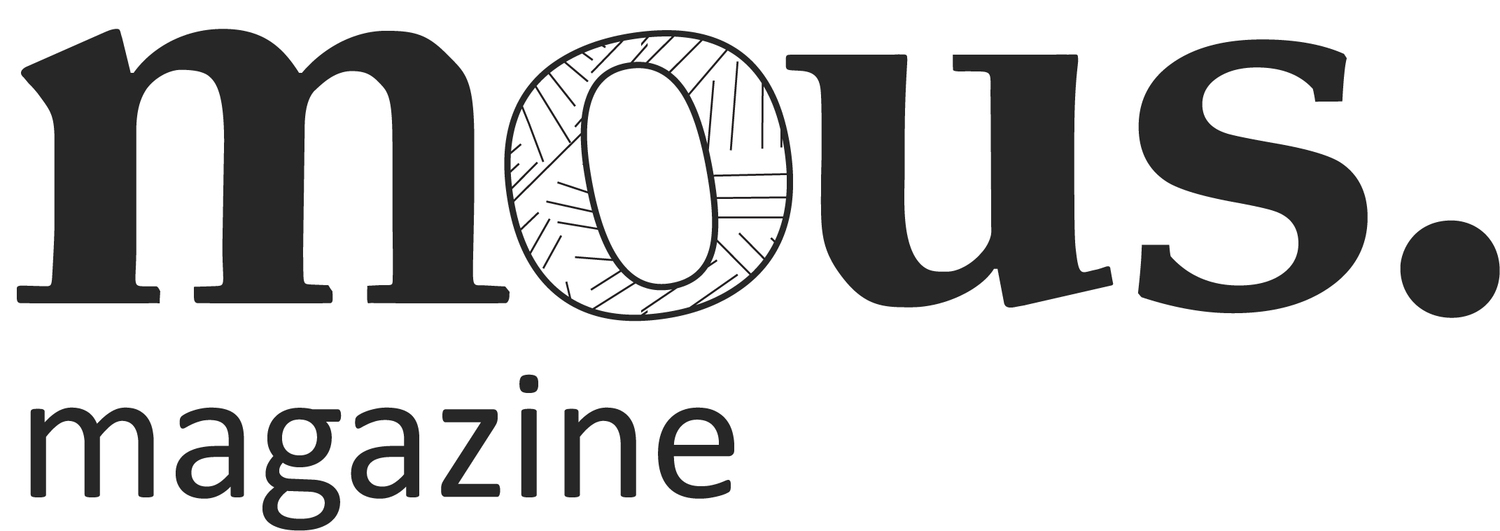/live/
Photography by Anwyn Howarth
The Perfect Body. The Fitspo Body. The Sexy Body. The Plus-Sized Body. Our lives are saturated with images of ‘the body’. We attach labels to them and view bodies as a concept rather than an inherent part of ourselves. We look at them as objects, as tools, as pieces of art or as home-improvement projects. We observe and critique them as we use them for sex, work and play. Our relationship with bodies is complex, changes over our lifetime and is influenced by internal and external factors like sexuality, age, culture and societal norms. But what about those who rely on their bodies not just to get them from A to B, but as their livelihood? We spoke to artists, athletes, dancers and sex workers about their relationships with their body, and how this changed when their body became their job.
Parallel Park is a collaboration between Brisbane-based artists Tayla Haggarty and Holly Bates, exploring external influences on lesbian sexuality and same-sex relationships.
Did your relationship with your body change when it became integral to your job?
HB: When Parallel Park began, we used our bodies as tools from the very first artwork. After sharing a relationship and many conversations about lesbian sexuality, we decided to explore the external influences that impact lesbian sexuality, the inside jokes of a marginalised sexuality and the experience of being a lesbian, particularly in a relationship.
What pressures do you feel surround bodies in your industry and how do you deal with that?
TH: Knowing how to use them and why. It’s all about knowing your shit and personally we overcome this by doing research and being conscious about the contextual framework of using the body within our practice.
HB: There’s a huge history of the female body being used in art. Subsequently, there is a pressure to be conscious of history. For us, a consciousness of feminist artists who came before us is necessary to understand what we are doing.
Olive Haze started dancing at a strip club because she was struggling with debt. She paid back what she owed in the first few weeks but soon found herself enamored with the work.
Did your relationship with your body change when it became integral to your job?
Outside the club I am a huge tomboy and all of a sudden I had to maintain an even fake tan, tend to my regrowth, paint my nails and wax. I despised this pampering at first but after a while secretly enjoyed it. I found it interesting that by changing my appearance I could change the type of clientele I attracted.
What pressures do you feel surround bodies in your industry and how do you deal with that?
There is a ridiculous amount of pressure on bodies in the sex industry because of its competitive nature. Strip club dynamics rely wholly and solely on appearance – how you present and hold yourself will determine your success for the evening. When you are a dancer you are working on commission and selling yourself as the product. I have learnt to just be positive and not to take things personally, every client has a type and you just might not fit. You just have to work what you’ve got!
Do you think that the pressures in your industry are manageable?
I certainly don’t think they are healthy but unfortunately that’s just the nature of the industry. They can be manageable if you don’t lose yourself and if you stay positive but if things go the other way.
How do you maintain a healthy relationship with your body?
Have lots of bubble baths and down time. Because the strip club is such a loud, social environment it’s beneficial to know when to relax, and get plenty of sleep! Another important ritual to get into is to stretch before every shift. It’s a lot of physical exertion over a long period of time, so it’s good to give your muscles the love they deserve.
What advice would you offer to your younger self?
The advice I would give to my younger self would be to work on your time management skills, on quiet nights bring uni readings to the club, stretch more and please, get someone else to tan your back.

